Geography Reference
In-Depth Information
Figure 16-24
The Philippines. Note the focus of activity
on Luzon and the Visayan Islands.
From
H. J. de Blij and P . O. Muller,
Geography:
Realms, Regions and Concepts
, 14th edition,
2010, p. 574. Originally rendered in color.
© H. J. de Blij and P . O. Muller. Reprinted
with permission of John Wiley & Sons, Inc.
116
°
120
°
THE PHILIPPINES
Batan
Islands
Areas affected by
Muslim insurgency
20
°
Core area
Babuyan
Islands
Railroad
Road
National capital is underlined
vz
Cape Engaño
Laoag
Aparri
Tuguegarao
0
100
200
300 Kilometers
Vigan
0
100
200 Miles
Luzon
Baguio
Cape Bolinao
Dagupan
16
°
16
°
San Carlos
Cabanatuan
Mt. Pinatubo
1,486 m.
(4,874 ft.)
Quezon
City
Polillo
Islands
Bataan
Peninsula
Manila
Daet
Lucena
Catanduanes
Batangas
Lipa
Mt. Mayon
2,421 m.
(7,943 ft.)
Calapan
Naga
Iriga
Legazpi
Mindoro
Bulan
Catarman
Samar
Calbayog
Masbate
12
°
12
°
Calamian
Group
Catbalogan
Visayan
Spratly
Roxas
Taclob
a
n
C
uyo
Panay
Ormoc
Flat I.
Bacolod
Iloilo
Cebu
Leyte
Islands
Islands
San
Carlos
C
e
bu
Islands
Palawan
Negros
Bohol
Surigao
Puerto
Princesa
Dumaguete
Butuan
Dipolog
Ozamiz
Pagadian
Cagayan
de Oro
Iligan
8
°
8
°
Mindanao
Cotabato
Davao
Datu
Piang
Zamboa
n
ga
Basilan
General
Santos
MALAYSIA
Tinaca Point
INDONESIA
120
°
124
°
Longitude East of Greenwich
or Mexican-Filipino mix) organized the entrepôt' s trade
and soon became the most influential political and eco-
nomic force in the Philippines.
Power was vested in Luzon in the north. Efforts to
control the Muslim-controlled Sulu archipelago and
Mindanao were repeatedly rebuffed by the Islamic sul-
tanate. These regions were not incorporated into the
Philippines until the American takeover at the end of the
nineteenth century .
Spanish control was based on a close relationship be-
tween church and state. Jesuit, Dominican, and Colom-
bian friars were sent into the countryside to proselytize
and at the same time establish plantations. T Today, , more
than 80 percent of Filipinos are Roman Catholic. Eventu-
ally , a state-controlled tobacco monopoly was established
in northern Luzon with local people forced to provide
the labor.
As the galleon trading monopoly came to a close, the
islands were open to private investors and traders. In
1785, the Spanish established the Royal Philippine Com-
pany to invest in export crops such as sugar, coffee, indigo,
and pepper. By exporting these crops, the Philippines











































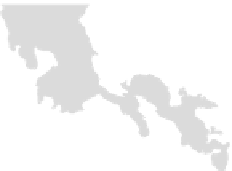







































































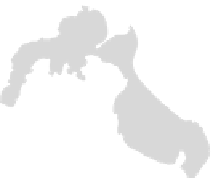





































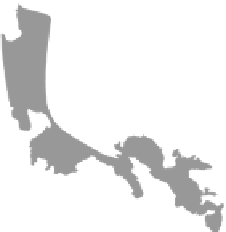










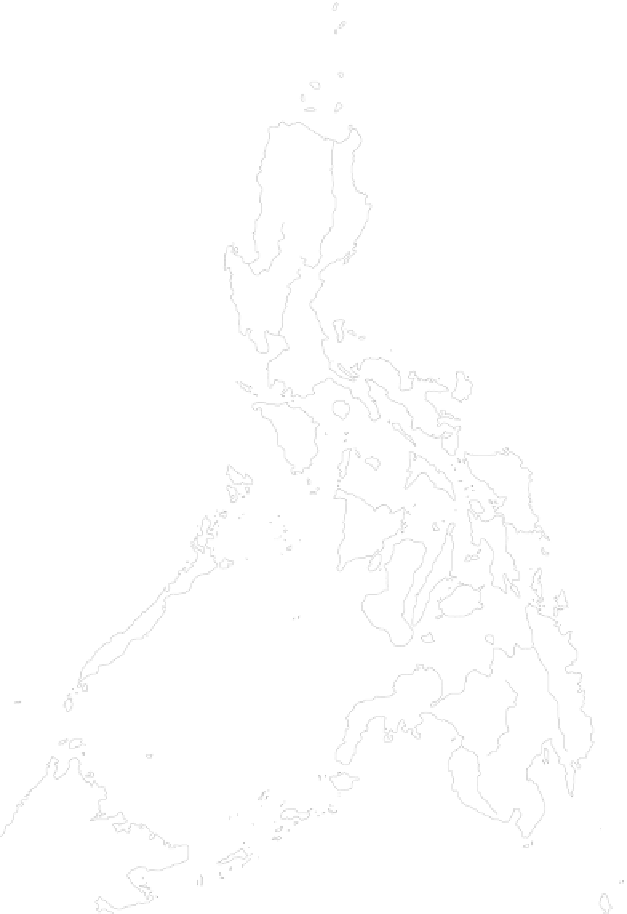
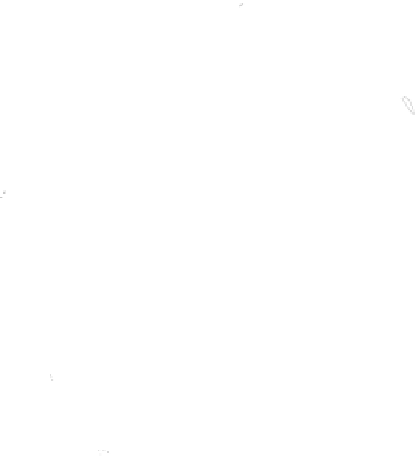



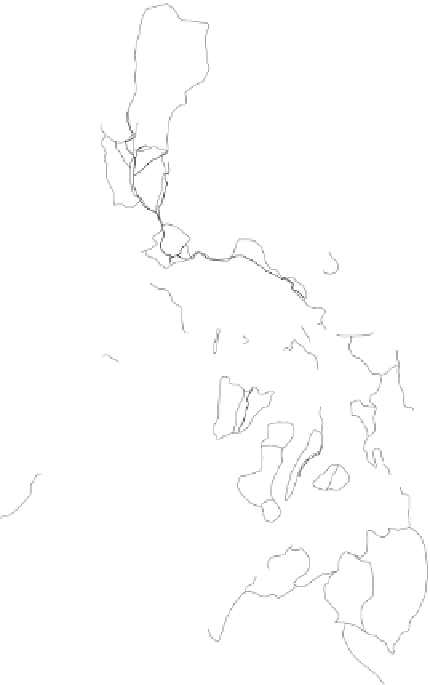









































































































































Search WWH ::

Custom Search